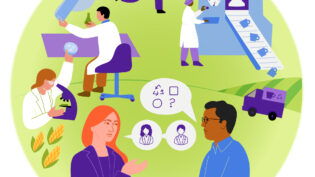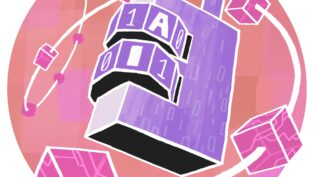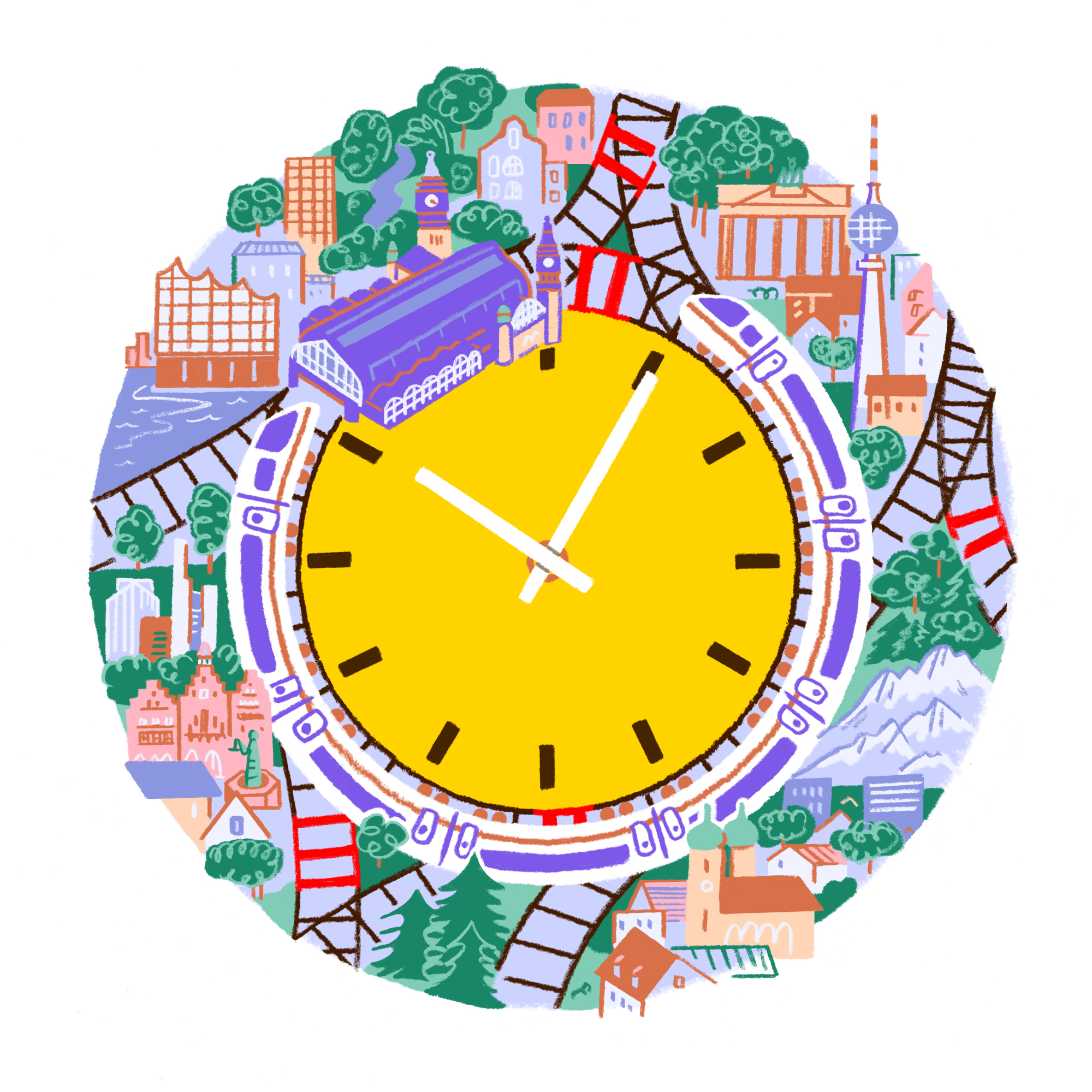
Next stop: smart infrastructure
Written by
How a startup in Berlin challenges Germany’s inefficiency
Inefficiency? You read that right. Commuters know all about the weak spots of the German railway infrastructure: delayed trains, cancellations, and other misadventures. But PANTOhealth co-founders, Mina Kolagar & Farzad Vesali, know the solution. Combining hardware assets and AI technology, their products enable infrastructure managers to not only monitor the goings-on of Germany’s rail network, but also make AI-based predictions about future damage to the system. Can PANTOhealth be the gamechanger towards a more efficient and reliable railway system in Germany and beyond?
As a passionate train traveller, I can’t help but get excited about the future of punctual trains in Germany …
Farzad: We are very much looking forward to zero delay time. This is not the only vision we have for PANTOhealth, of course …
Mina: Railway transportation becomes increasingly important in the face of the E.U. sustainability goals. However, extending the capacity of our railway systems requires a lot of natural resources. If we want to be rational about the use of our resources, we have to improve the systems’ efficiency. Our goal is to optimise the maintenance of these systems so that their parts fulfil their maximum lifetime.
How inefficient is Germany’s rail system?
Farzad: Less than 20 years ago, the railway infrastructure and its environment were still assessed visually for damage. Germany’s railway system has now advanced to predictive maintenance maturity metrics. This means that there are instrumental inspections about once or twice a year where so-called measurement trains collect data about possible damage.
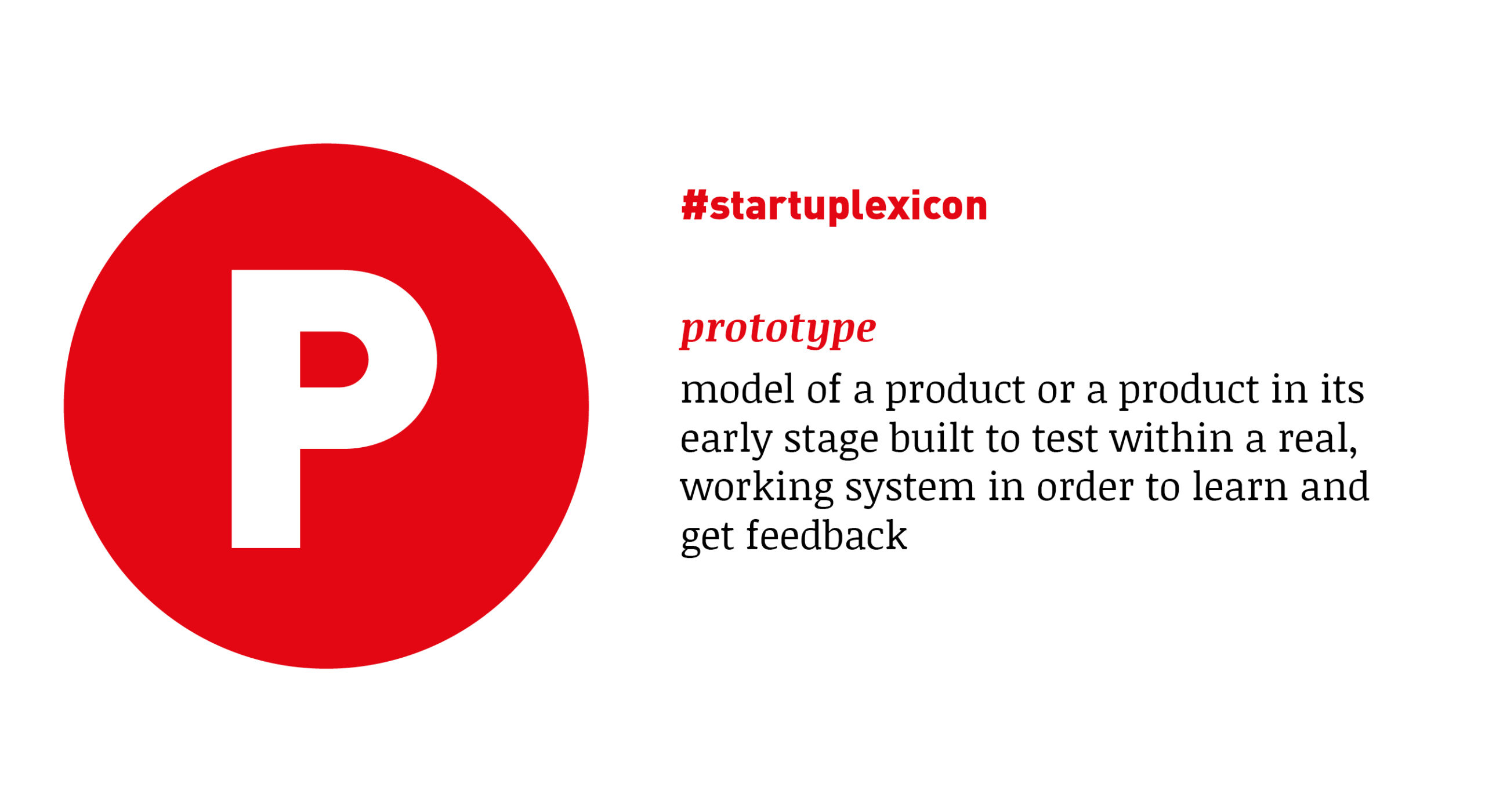
That does not sound very efficient, indeed.
Farzad: The good news is that Germany is on the road to the next stage of development, in other words, monitoring the current state of the infrastructure and the trains. Real-time monitoring requires sensors on all trains, not just on the measurement trains. This is where our prototype comes in. The hardware – a couple of sensors and a camera – collects data and sends it to our customers, either the infrastructure manager or the train operator.
Mina: With PANTOhealth, we are promoting predictive maintenance with our second prototype, an online simulation platform. If you collect a lot of data from both the hardware and the simulation platform, you can deploy a machine-learning algorithm on it and predict the best time and type of maintenance action. Via the simulation aid, the prediction would be more precise and reliable.
In terms of how you approach the problem, are you creating this demand, or are your customers asking for this solution?
Farzad: I have to mention that the initial idea was not based on the problem. It was based on my PhD topic about Dynamic analysis and active control of high-speed train OCS and pantograph contact force oscillations. When I shared the results of my research with industry professionals, I understood that my academic investigation was not really interesting to them, but that the main issues for the industry are the delays – caused by problems that could be predicted but are not predicted as of now. Based on this demand, I decided to switch my topic to real-time monitoring. And yes, we are now also creating customer demand with our predictive maintenance solution.
Mina: Bear in mind that if you told industry professionals, “I want to propose a solution for predictive maintenance”, they will think it is farfetched and implausible. If you propose something more tangible to them – the real-time monitoring is just that – it will more likely be accepted. It is then you can explain a future demand to them. That is our current approach.
How do you convince customers of your product?
Mina: The presentation is key. The audience has to understand what we are going to do and what the benefit is. For instance, at the InnoTrans exhibition in 2018, we approached some technicians of Deutsche Bahn (Editor’s note: Railway cooperation in Germany) and asked them if we can help reduce the maintenance cost of the pantograph, a very technical asset in trains. They responded that they did not need help because the train could detect any risk factors and would stop immediately when they arose. When we started talking about delays and reducing the time it takes for the technicians to find the damage – by having not just a device on the train, but also on the infrastructure upon which the train is running – the answers we received were completely different. In general, our approach varies, depending on who we are talking to. We have at least four or five different pitches ready for different stakeholder segments.
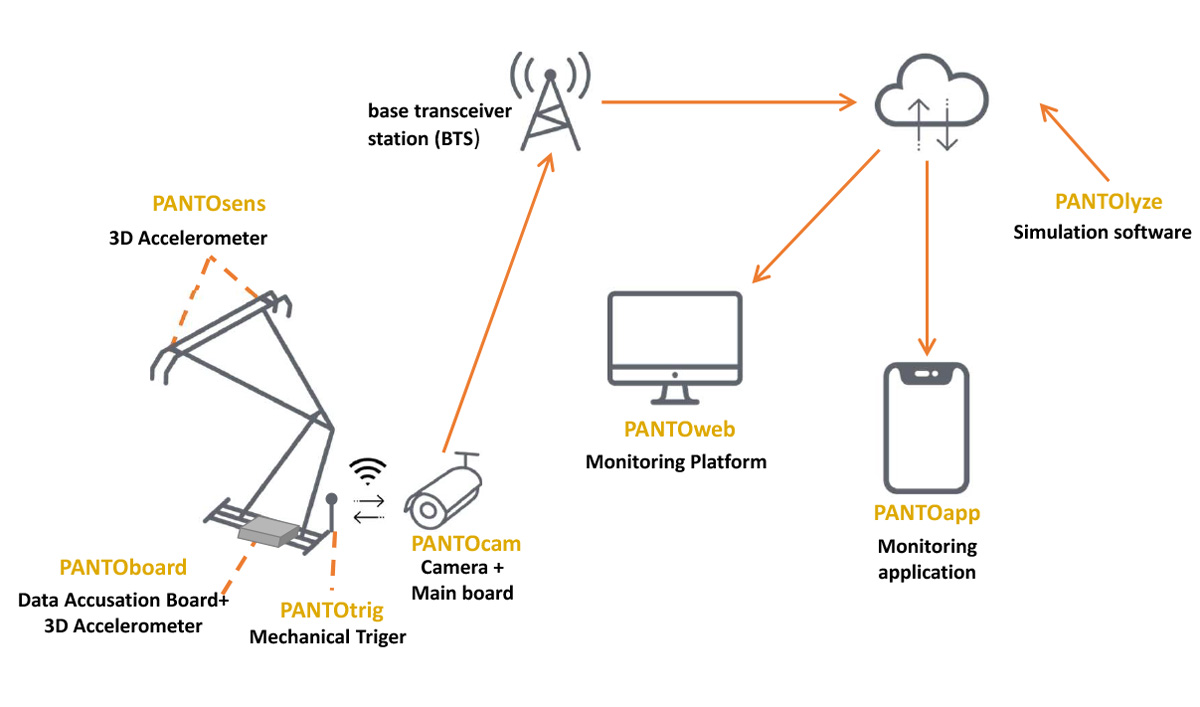
Which steps will you take next?
Farzad: In December, we launched our first pilot project in Belgium after receiving our Exist grant last year and are currently collecting data from our hardware and developing our simulation software. Both of our products are passing the industry standards one by one, and each of these standards is a milestone in itself. After finalising this process, we will have the confidence to propose the products to our customers. The next milestone is attending the railway summit this month: our first commercial step to sell our solutions. We will reach out to the participants to see if we can find any potential partners for our next pilot project.
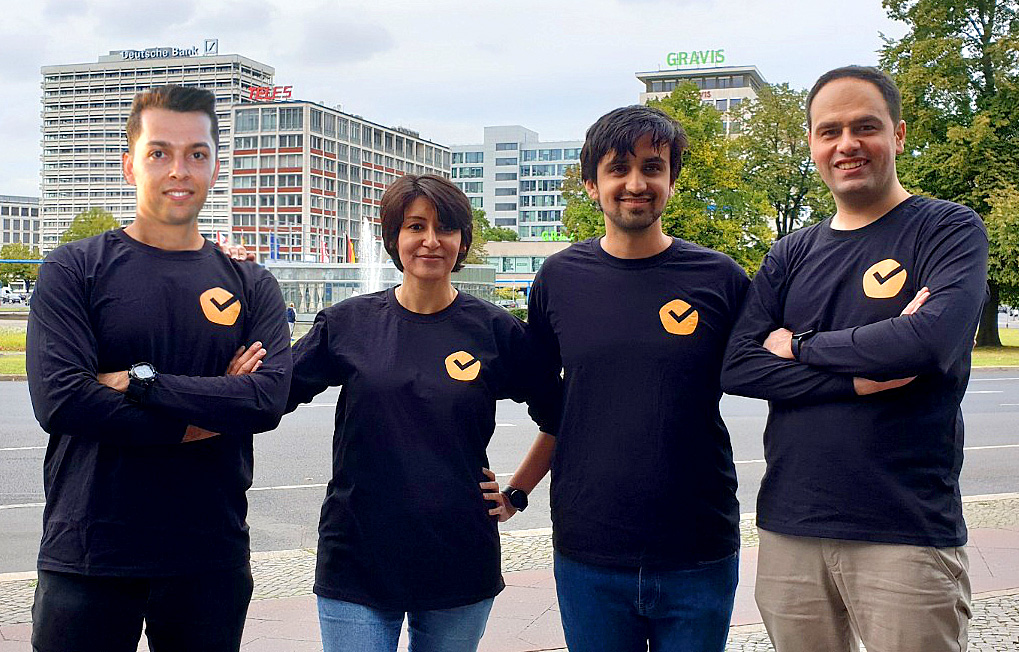
Mina: I feel so lucky that we received the Exist grant! The application took us about five months. It wasn’t easy but it wasn’t a problem either, because TU Berlin supported us immensely with this proposal. I can 100% recommend being in Berlin for startup activities … I want to add that we truly enjoyed the experience at Young Entrepreneurs in Science! During the course, I realised that Farzad and I might have been the only ones who had concrete plans for a startup. The other students didn’t know about entrepreneurship, yet. It shows that this kind of pre-training helps a lot to fill the gap between universities and their startup centres.
Farzad: Absolutely! During my studies in Berlin, sometime around 2016, I already knew that I prefer to work on my own idea with my own team, but I did not even know the name of this type of activity. I did not know that the name of this is a startup. The YES workshop came at a perfect time for us, before we enrolled in our funding programmes. Thanks to the workshop, we were well equipped with knowledge and tools. In my opinion, the workshop is essential for all PhD students or postdocs who are thinking about starting their own business •

